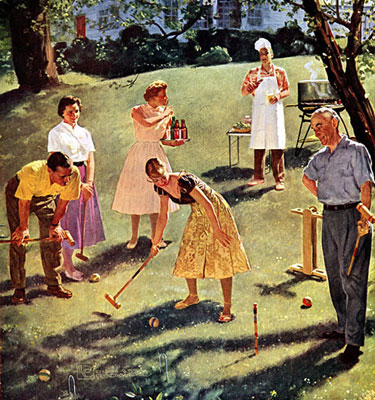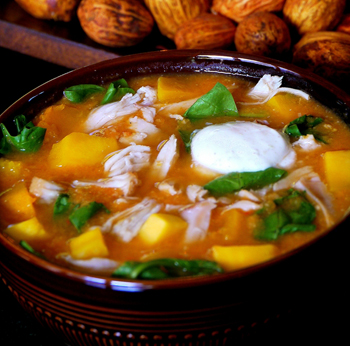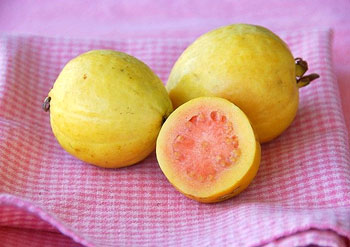 What is the complete opposite of Christmas cookies? I just did some research; turns out that the complete opposite of a Christmas cookie is a strawberry guava. It's no wonder this sexy fruit is native to Brazil, the land of beautiful bronzed bodies and gorgeous beaches. Everything about a strawberry guava says, "look at me."
What is the complete opposite of Christmas cookies? I just did some research; turns out that the complete opposite of a Christmas cookie is a strawberry guava. It's no wonder this sexy fruit is native to Brazil, the land of beautiful bronzed bodies and gorgeous beaches. Everything about a strawberry guava says, "look at me."
Eating a strawberry guava is a memorable sensory experience. First it entices you with its intoxicating perfume of ripe summer strawberries and tart pink grapefruit. Its butter cup yellow rind is smooth and soft to the touch, evoking warmth and sunshine. One bite of a strawberry guava will make you understand why it's called "exotic." The creamy, fruity flesh is the color of roses, while the flavor is a beautiful combination of tangy, sweet grapefruit, juicy, ripe strawberries, and late summer grapes.
Most U.S. guavas are grown in Hawaii and Florida, though the strawberry guavas you see here were grown in Southern California and generously given to me by our friend, Adel. These strawberry guavas have a pastel yellow skin yet also come in bright red or deep purple. When buying strawberry guavas or any variety of guava really, look for a fragrant fruit that is free of blemishes and soft to the touch. Hold it in your hand, and give it a gentle squeeze; it should give slightly, being neither too hard nor too squishy.
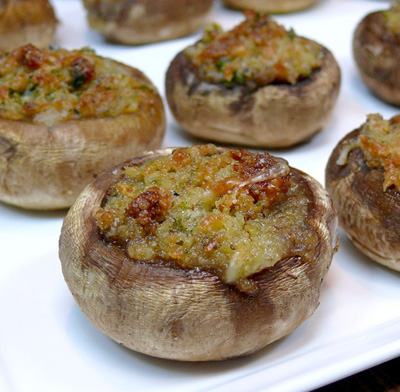 Happy Holidays! One of our favorite quick appetizers are these Italian Stuffed Mushrooms. They usually show up on the holiday table because they are so easy to make and serve.
Happy Holidays! One of our favorite quick appetizers are these Italian Stuffed Mushrooms. They usually show up on the holiday table because they are so easy to make and serve.
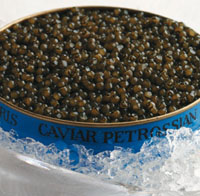 All I want for Christmas is my caviar pie. Which is a jolly good thing, since it's the only dish I take joy in creating.
All I want for Christmas is my caviar pie. Which is a jolly good thing, since it's the only dish I take joy in creating.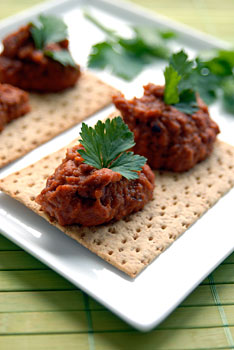
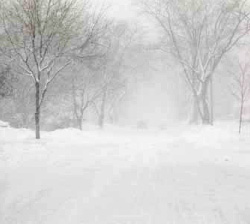 No one wants a face full of snow. But that’s what I had all too often
growing up in those brutal Chicago winters. I always seemed to be in
the middle of a blizzard walking against gale force winds – which is
why I spent more time walking backwards than I did forward.
No one wants a face full of snow. But that’s what I had all too often
growing up in those brutal Chicago winters. I always seemed to be in
the middle of a blizzard walking against gale force winds – which is
why I spent more time walking backwards than I did forward. What is the complete opposite of Christmas cookies? I just did some research; turns out that the complete opposite of a Christmas cookie is a strawberry guava. It's no wonder this sexy fruit is native to Brazil, the land of beautiful bronzed bodies and gorgeous beaches. Everything about a strawberry guava says, "look at me."
What is the complete opposite of Christmas cookies? I just did some research; turns out that the complete opposite of a Christmas cookie is a strawberry guava. It's no wonder this sexy fruit is native to Brazil, the land of beautiful bronzed bodies and gorgeous beaches. Everything about a strawberry guava says, "look at me."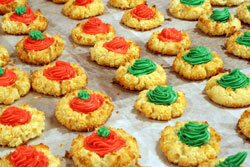 It just wouldn't be Christmas at my house without Thumbprint Cookies. This old recipe that my Czechoslovakian/ Bohemian grandmother used to make created cookies that were my dad's favorite at holiday time. My grandma passed the recipe to my mom. They'd always have centerstage on the plates of cookies my mom would assemble and give to friends during the holidays.
It just wouldn't be Christmas at my house without Thumbprint Cookies. This old recipe that my Czechoslovakian/ Bohemian grandmother used to make created cookies that were my dad's favorite at holiday time. My grandma passed the recipe to my mom. They'd always have centerstage on the plates of cookies my mom would assemble and give to friends during the holidays.